
Biologists at the University of Pennsylvania have discovered the first biochemical pathway in animals responsible for the detoxification of heavy metals such as arsenic, mercury and cadmium. They have established that the enzyme phytochelatin synthase, which had previously been found only in plants and some fungi, is also present in some animals.
A Penn team led by Philip A. Rea, professor of biology, and including plant scientist Olena K. Vatamaniuk and animal cell and developmental biologists Elizabeth A. Bucher and James T. Ward made the discovery in work with the nematode worm Caenorhabditis elegans. They reported their results in the Journal of Biological Chemistry.
“Despite two decades of research into the biochemical basis of heavy metal detoxification in animals, never before had the involvement of phytochelatins been even cursorily mentioned or speculated,” said Rea, a member of Penn’s Plant Science Institute. “Discovery of this pathway in C. elegans establishes a firm basis for determining its ubiquity in other animals and for clarifying how animals eliminate, sequester and metabolize heavy metals.”
Because preliminary work suggests that genes encoding PC synthase may also be found in parasitic invertebrates, the findings of Rea’s group could help guard against growing resistance to certain heavy metal-based drugs. Diseases caused by these parasites, which include elephantitis and lymphatic filariasis, kill millions of people worldwide each year, but physicians have noted with some alarm that traditional treatments are waning in effectiveness.
Scientists pursued the plant gene for PC synthase for a number of years because of plants’ tantalizing potential as easily harvested agents for cleaning contaminated sites. Rea and Cobbett’s labs reported simultaneously in 1999 that they had isolated the plant gene for PC synthase.
But the Penn group didn’t stop there. Working with sequenced genomes from a number of other species, including C. elegans, they set out to see whether the sequence existed outside the plant kingdom.
“This paper is another example of how having sequence data for entire genomes is helping to identify new genes,” said Jonathan H. Freedman of Duke University’s Nicholas School of the Environment. “It is likely that without the information obtained from the C. elegans genome project, researchers may never have looked for PC synthase in an animal.”
For Vatamaniuk, who together with Bucher conducted most of the experimental work, the discovery of the C. elegans gene ce-pcs-1, coding for PC synthase, came as a major surprise. They followed that finding by determining that the worm gene was functionally equivalent to the gene in plants. Unlike wild-type worms, worms whose PC synthase gene was knocked out showed markedly greater sensitivity to heavy metals: they underwent extensive tissue damage, loss of fertility and eventually died.
Rea said that while biologists hold out great hope for plants to be used in cleaning sites contaminated with heavy metals, it’s unlikely animals that can synthesize PC synthase will fill a similar niche. “Whereas plants are easy to harvest, invertebrates such as C. elegans, which is barely visible to the naked eye, are not,” he said.
C. elegans is the third organism in which a gene for PC synthase has been found, following the plant Arabidopsis thaliana and the yeast Schizosaccharomyces pombe. The three metals processed by PC synthase — arsenic, mercury and cadmium — all rank among the 10 most common contaminants at EPA Superfund sites, and increasing emissions pose an acute problem for all organisms. These metals harm organisms, including humans, by displacing essential heavy metals such as copper and zinc from their cellular binding sites, by undergoing aberrant reactions with proteins and enzymes, and by promoting the formation of destructive active oxygen species.
Phytochelatins have been known in plants as a means of detoxifying heavy metals for some 15 years. Phytochelatin synthase works by polymerizing glutathione, a sulfur-rich peptide with a high affinity for cadmium. The products of this reactions, phytochelatins, bind very strongly onto heavy metal atoms, immobilizing them and preventing them from moving to parts of the cell where their toxic effects are exerted.



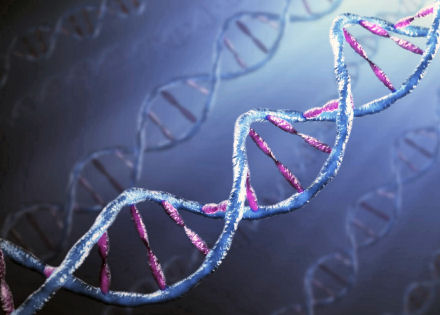





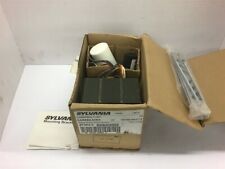

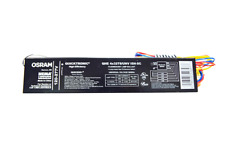
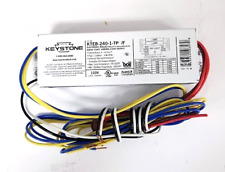
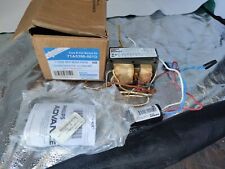
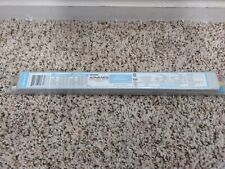
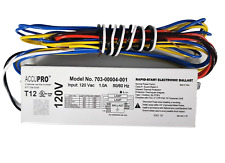

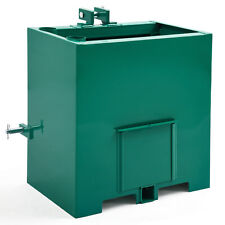
Comments are closed.